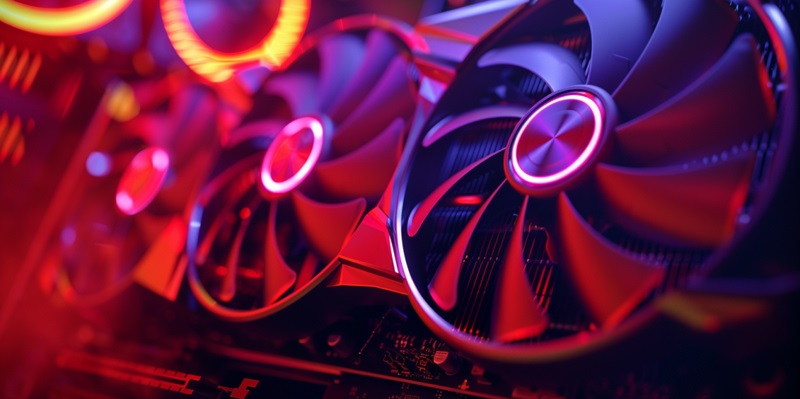The ever-changing tech landscape sees AMD gearing up for its next big leap in GPU architecture. With RDNA 3 laying the current foundation, there’s much anticipation about its successors. This article unfolds AMD’s strategic path from RDNA 3 to the transformative RDNA 5.
From RDNA 3 to RDNA 4: Refinement Before Revolution
The Current State: RDNA 3 Architecture
AMD’s RDNA 3 architecture has cemented the company’s reputation as a frontrunner in the graphics card sphere. Offering impressive leaps in both performance and power efficiency, it has established AMD as a key competitor. However, as the GPU market continues to evolve, so does the expectation for continual enhancement and innovation. RDNA 3’s commendable achievements set the groundwork for what is to come, creating anticipation for how its successors will carry the torch forward.
Road to Improvement: Launching RDNA 4
While the RDNA 4 series is on the horizon, the changes it promises are more evolutionary than revolutionary. Set to address shortcomings found in RDNA 3, the focus is on enhancing ray tracing performance, energy efficiency, and overall stability. RDNA 4 will not only aim to polish the current architecture but also resolve existing bottlenecks, paving the way for AMD’s further growth in the competitive market of GPUs.
RDNA 5: AMD’s Ambitious Leap Forward
Designing the Future: Conceptualizing RDNA 5
RDNA 5 is where AMD’s vision for the future begins to take a clearer shape. Rumored to be a clean-sheet design, this new series represents a significant dive into developing technology that could redefine industry standards. With substantial R&D investments, AMD hopes to create a GPU architecture that will serve as the foundation for future generations of graphics technology. If successful, RDNA 5 may very well mark a pivotal moment, similar to AMD’s groundbreaking achievement with the Zen CPU architecture.
Integrating Expertise: Xilinx and Radeon AI
The acquisition of Xilinx presents an incredible opportunity for AMD to bolster its GPU capabilities, specifically in the domain of AI. Leveraging Xilinx’s expertise promises a formidable fusion of hardware and software, paving the way for the ‘Radeon AI’ era. This advancement is likely to produce GPUs that not only excel in traditional graphics processing but also offer cutting-edge AI-driven applications, creating a sturdy competitive edge against industry rivals.
Positioning for the Next Generation
Mainstream and Entry-Level Focus: Navi 48 and Navi 44
The RDNA 4 series is poised to target the mainstream and entry-level segments with the Navi 48 and Navi 44 GPUs. Such a strategy suggests that AMD is maintaining a keen eye on affordability and accessibility, ensuring their products reach a broad consumer base. The balance between cost-effectiveness and performance has historically been a driver for brand loyalty and market expansion, and AMD appears set to continue this trend.
Strategic Resource Allocation: Preparing for RDNA 5
AMD’s intentional resource distribution towards the development of RDNA 5 implies a vision aligned with long-term success. Choosing to focus on the revolutionary rather than the incremental, AMD is possibly aiming for RDNA 5 to be a generational hallmark. This approach may temper the advancements brought about by RDNA 4, but it illustrates a clear decision to prioritize substantial impact over short-term gains.
The Anticipation for Medusa APUs and Beyond
The Potential of Medusa: Pairing with Zen 6
Medusa APUs, which are expected to marry RDNA 5 architecture with future Zen 6 CPU cores, have the potential to establish a new paradigm for integrated processing. Combining the power of next-generation graphics with advanced CPU technology, Medusa could spearhead a line of products that are not only powerful but also synergize well within AMD’s broader ecosystem.
Setting a New Standard: Efficiency and Performance
AMD is actively preparing to advance its GPU prowess with ongoing developments that eclipse the current RDNA 3 architecture. The tech community watches with bated breath as RDNA 3 sets a performance precedent, but the true excitement lies in what comes next. The transition to RDNA 4 and eventually RDNA 5 signifies a major leap forward in graphics technology.

